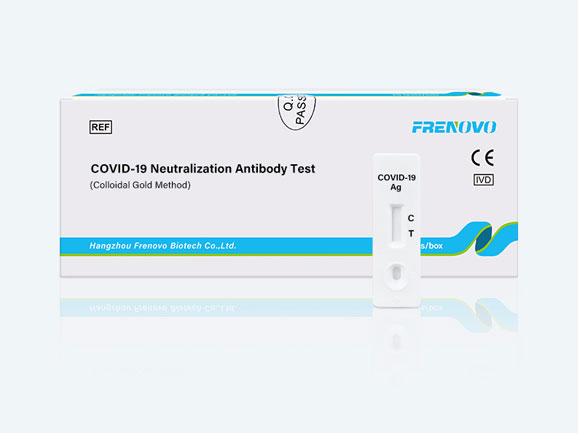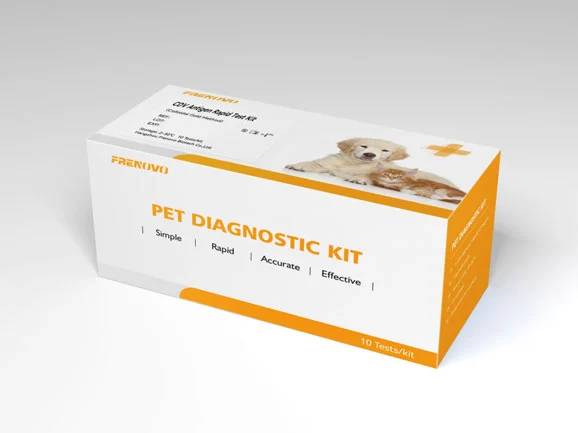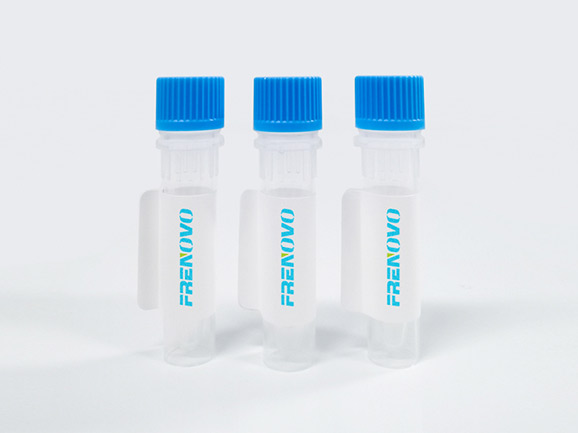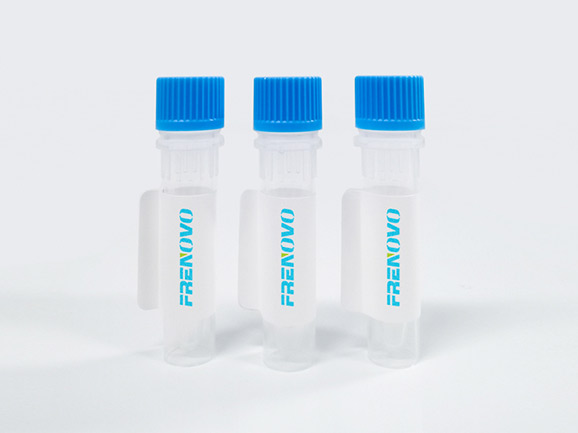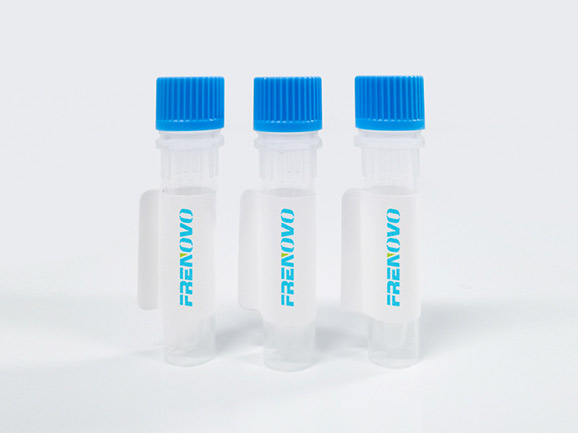Food safety is a concern for all of us, and it is especially important for those who produce, sell, or serve food. The use of rapid test kits can provide faster and more accurate results for food safety testing, which is becoming increasingly important in today's world. In this blog post, we will look at the process for using rapid test kits in food safety testing.
Traditional food safety testing methods can take several days, and the results may not always be accurate. But with rapid test kits, food safety testing can be completed in a matter of hours, with highly accurate results. This is particularly important for restaurants and other food service establishments, which must ensure the safety of their food products before serving them to customers. Food safety rapid test is also useful for producers and distributors of food products, as they can quickly identify any potential contaminants or other food safety issues.
Rapid test kits work by detecting specific contaminants or pathogens in a food sample. The kits generally include a test strip or other diagnostic tool, as well as a reagent or other solution that reacts with the sample to produce a color change or other signal. Depending on the particular kit, the user may need to incubate the sample for a set amount of time, or simply mix the sample with the reagent and observe the results immediately.
Some common types of rapid test kits for food safety testing include those for detecting pathogens such as Salmonella, Listeria, and E. coli, as well as kits for identifying allergens or other contaminants in food products.
Using a food safety rapid test kit is a relatively simple process, but it is important to follow the instructions provided with the kit carefully to ensure accurate results.
The first step is to collect a sample of the food product in question. This might involve swabbing a surface, taking a sample of a liquid or solid food product, or otherwise obtaining a small amount of the material to be tested.
Next, the user must prepare the test kit according to the instructions provided. This may involve adding a specific amount of a reagent or other solution to the test strip or other diagnostic tool.
Once the test kit is prepared, the sample is added to it, and the user must wait for the specified amount of time for the results to appear. Depending on the kit, the user may need to interpret the results based on a color change or another signal, or the kit may include software or other tools for automatically interpreting the results.
In conclusion, rapid test kits are an important tool for ensuring food safety, particularly for producers and distributors of food products, as well as for restaurants and other food service establishments. Rapid test kits work by identifying specific contaminants or pathogens in food samples, and the process for using them is relatively simple and straightforward. By using rapid test kits for food safety testing, it is possible to identify potential problems quickly and accurately, helping to prevent foodborne illness and improve overall food safety.
